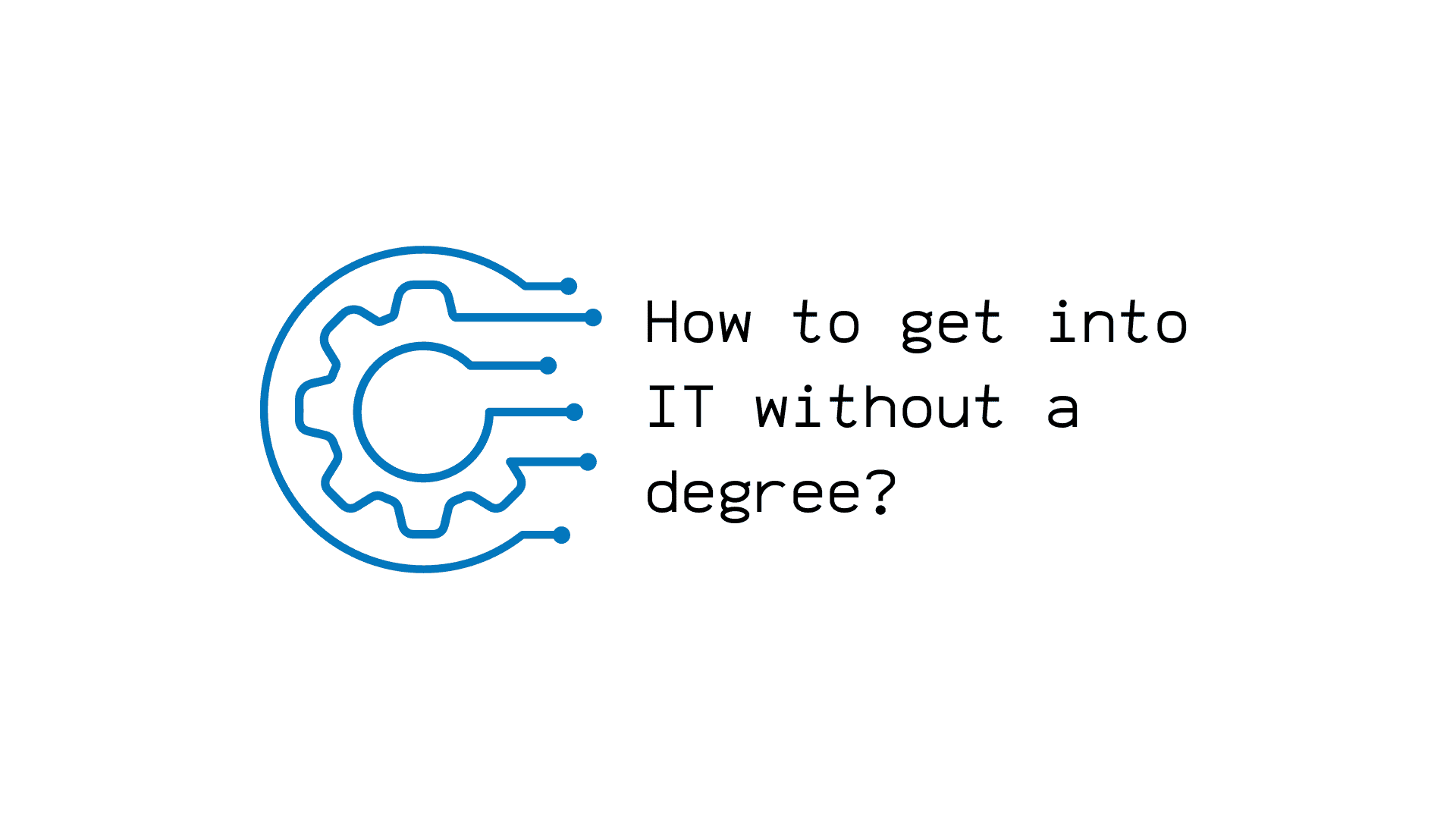Introduction
Data science is a rapidly growing field with immense potential. It is used across various industries, including healthcare, finance, manufacturing, retail, and more. There are many online free data science courses available today. However, with so many options, it can be difficult to determine which one is right for you. This blog will provide an overview of the top data science courses so that you can make an informed decision about which one is right for you
What is Data Science?
Data science is an interdisciplinary field that uses scientific methods, algorithms, processes and systems to extract knowledge or insights from data in various forms, both structured as well as unstructured, similar to data mining.
It is about using data to generate insights that can be used to improve decision-making. Data science encompasses a wide range of activities, from data cleaning and wrangling to advanced statistical modeling and machine learning. It is an interdisciplinary field that combines computer science, statistics, and mathematics.
Top Job Roles in Data Science
Some of the top job roles in data science include:
1. Data Scientist
2. Data Analyst
3. Data Engineer
4. Business Analyst
5. Statistician
6. Data Architect
7. Machine Learning Engineer
8. Big Data Engineer
Top 10 Free Data Science courses in 2024
- Introduction to Data Science: In this course, you will learn about data science and why it is important in the rapidly evolving technological world. Along with learning about the life cycle of data, statistics, and time series, you’ll also gain an understanding of SQL and NoSQL databases. Check out free NoSQL courses to understand NoSQL in a comprehensive manner. Once you have a basic understanding of data, you will be able to use Big Data to manage large amounts of data. You will learn about the field of data science and related subjects in this course.
- Data Science Foundations: The Data Science Foundations course imparts your understanding of the subject’s introduction and provides you with insights into the various stages of its life cycle. The course covers topics related to various Data Science tasks, various programming languages that can be used to carry out the tasks effectively, and Machine Learning, which contributes to the dynamic behavior of machines and establishes important connections with Data Science.
- Probability for Data Science: The Probability for Data Science course starts off by introducing you to various probability concepts. The Bayes Theorem, which deals with the probability of occurrence of events based on the occurrence of other events, and marginal probability are then used to solve problems that are events independent of the outcome of another value. After enrolling in the course, you can consult the study materials attached at any time, and you can take the quiz at the end to gauge your understanding.
- Statistical Methods for Decision Making: Your understanding of sampling, normal distributions, hypothesis testing and its various forms, type 1 and type 2 errors, chi-square testing, and ANOVA is the goal of the Statistical Methods for Decision Making course. Through illustrated examples and examples that have been solved, the course will solidify the concepts in your mind.
- Statistics for Data Science: This statistics for data science course will provide you with insights from a novice’s point of view and introduce you to various aspects of statistics and concepts needed to address a variety of data science problems. You will also comprehend a variety of topics, including distributions and plots, univariate statistical plots and usage, bivariate and multivariate statistics, probability, the addition and multiplication rule, the Bayes theorem and using it to solve problems, the normal and binomial distributions, the Poisson probability function, and the normal distribution function.
- Data Science with Python: The fundamentals of Python programming and the various packages required for data science are covered in this course on Python with Data Science. Additionally, univariate, bivariate, and multivariate statistics, as well as statistical distributions, are covered. The following lesson will cover regression, a fundamental data science technique. You will learn about the different types of regression and how to use them to solve business problems. You will solve problems from the real world throughout the entire course, which is experiential and hands-on.
- Data Visualization With Power BI: This course is designed for users who want to learn how to create and interpret data visualizations using Power BI. The course covers basic and advanced topics, including how to create custom visualizations, work with different data sources, and use Power BI to make data-driven decisions. By the end of the course, users should be able to create and interpret data visualizations to help them understand and analyze data.
- Data Visualization using Tableau: This course will teach you how to use Tableau to create powerful data visualizations. You’ll learn how to connect to different data sources, how to create different types of visualizations, and how to interact with your data. By the end of the course, you’ll be able to create your own data visualizations that can help you better understand your data.
- R for Data Science: With the help of a few real-world examples, this course will introduce you to R programming for data science. The course will concentrate on the components and capabilities of R that you can use to complete Data Science tasks. It will start with an introduction to the fundamentals of R programming and then guide you through the course’s first half by explaining data structures, built-in functions, user-defined functions, and flow control statements. The second part keeps you interested by discussing data manipulation and visualization using factors and data frames in R.
- Predictive Modeling and Analytics – Regression: The purpose of Predictive Modeling and Analytics – Regression is to answer your questions about the topic and aid in your understanding of the fundamental ideas. You learn about simple linear regression, best fit line, multiple linear regression, linear regression assumptions, multicollinearity, fit-R square, and variables concepts in this course, which also introduces you to predictive modeling. Later on in the course, it talks about classification methods that use predictive modeling.
Conclusion
The top free data science courses article can be summarised by saying that they provide an excellent introduction to the field of data science. They cover the basics of data science, including working with data, cleaning data, and performing statistical analysis. In addition, they also provide a more in-depth look at data science, including machine learning and artificial intelligence. These free courses are essential for anyone interested in pursuing a career in data science.







